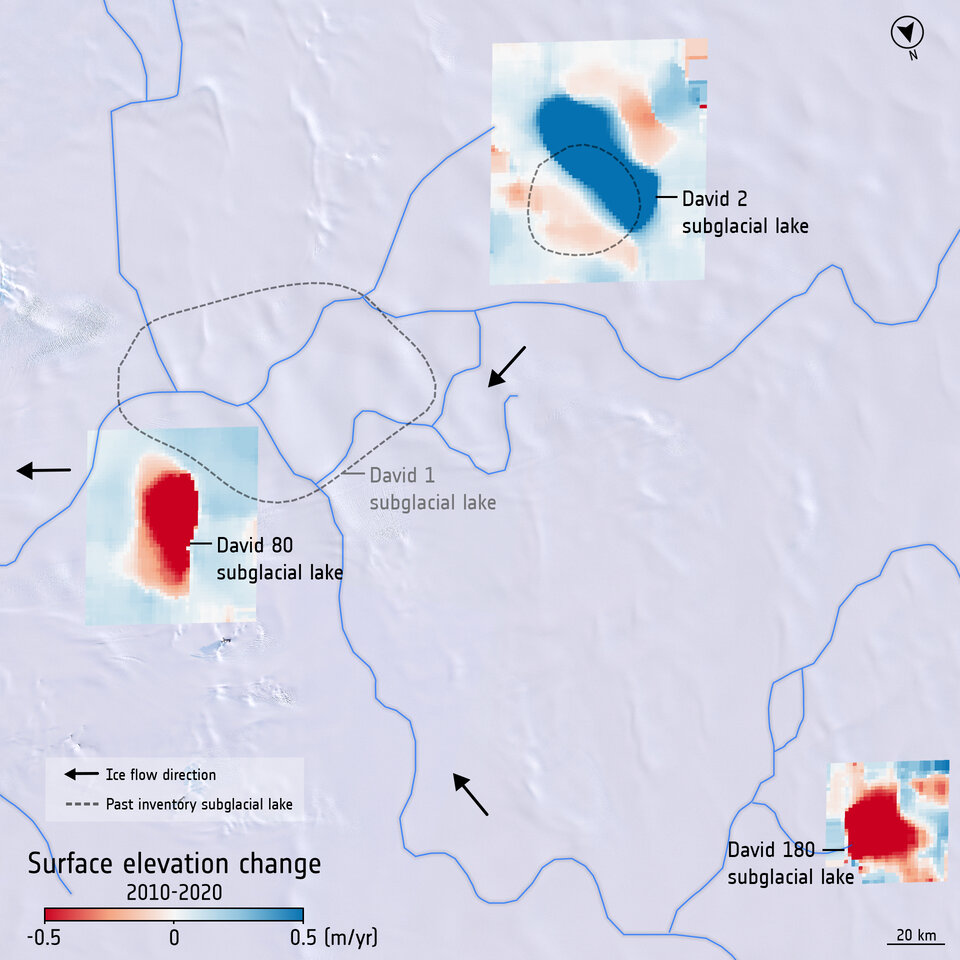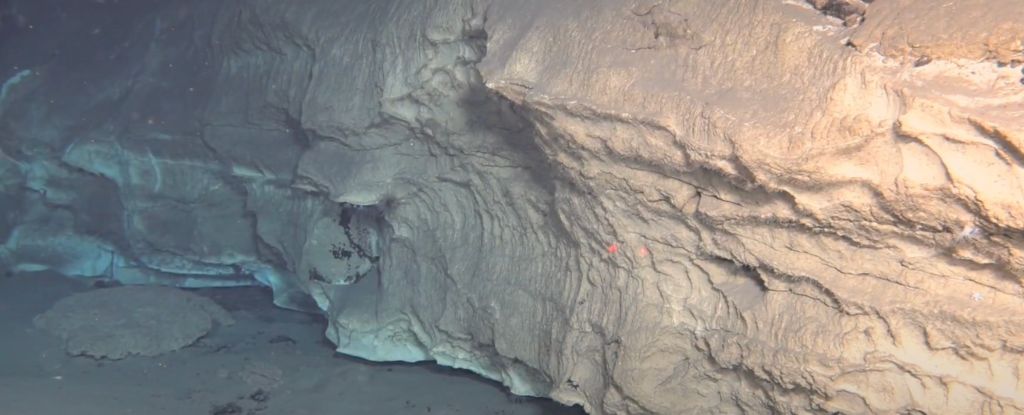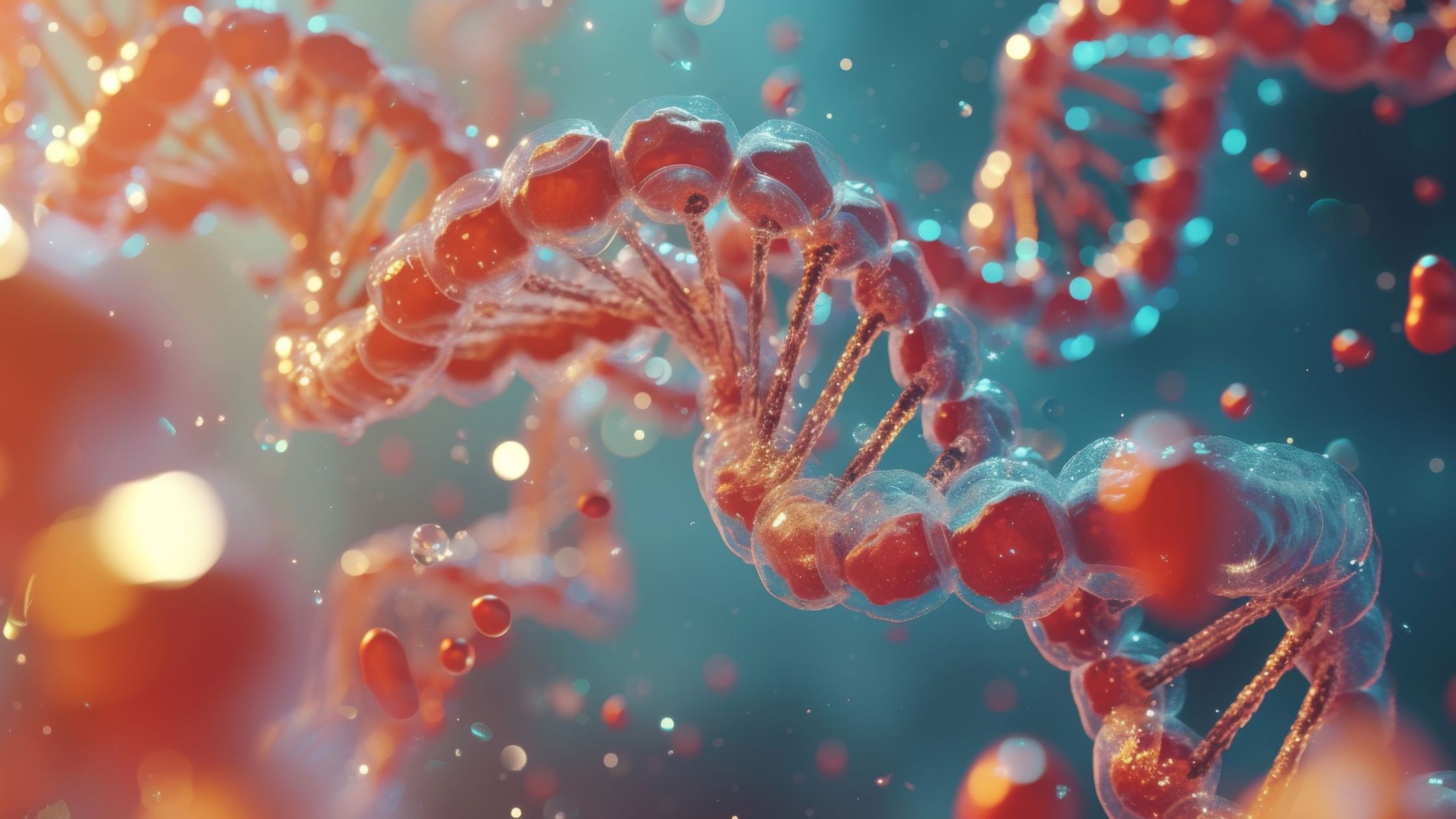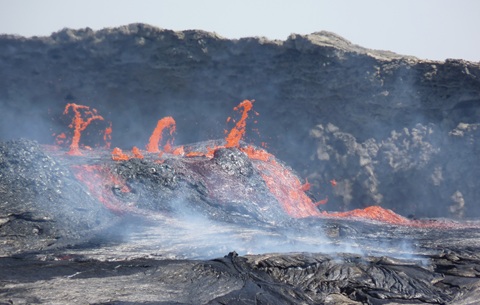
researchers have identified 85 previously unknown lakes several kilometres under the frozen surface surrounding the South Pole. This increases the number of known active subglacial lakes below Antarctica by more than half to 231.

Of all the eccentricities of the quantum realm, time crystals—atomic arrangements that repeat certain motions over time—might be some of the weirdest.

At 11.1 square kilometers (4.3 square miles), the newly discovered hydrothermal field is over a hundred times larger than its Atlantic counterpart.

A new study has found the first experimental evidence that the compound can increase longevity and fight signs of aging.

An international team of scientists has sequenced the whole genome from an adult male Egyptian who lived between over 4,500 years ago - a few centuries after Egyptian unification, bridging the Early Dynastic and Old Kingdom periods.

A cutting-edge gene therapy has significantly restored hearing in children and adults with congenital deafness, showing dramatic results just one month after a single injection.

Scientists are on the trail of a mysterious five-particle structure that could challenge one of the biggest theories in physics: string theory.

A team of researchers in the UK has started an ambitious new scientific project: to create an artificial human genome entirely from scratch.

Time, not space plus time, might be the single fundamental property in which all physical phenomena occur, according to a new theory by a University of Alaska Fairbanks scientist.

An ancient society near the southern shores of Lake Titicaca in modern-day Bolivia was once one of the continent's most powerful civilizations. Known as Tiwanaku, the ancient society is one of the earliest examples of civilization in the Andes.

Within a tiny plankton, an even smaller cell has been found living an unexpectedly virus-like existence, challenging what it means to be alive.

Research led by UK scientists has uncovered evidence of rhythmic surges of molten mantle rock rising from deep within the Earth beneath Africa.

Bogong moths use star patterns, the Milky Way and Earth’s magnetic field to navigate during migration. They are the first-known invertebrates that navigate by starlight.

The FDA in U.S. has approved Yeztugo (lenacapvir), a twice-yearly injection to prevent HIV infection that could improve adherence rates compared to other PrEP medications and with minimal side effects.

Rising from Earth's core beneath Oman, the unusually elusive column of hot rock shows no surface volcanic activity, unlike typical plumes.